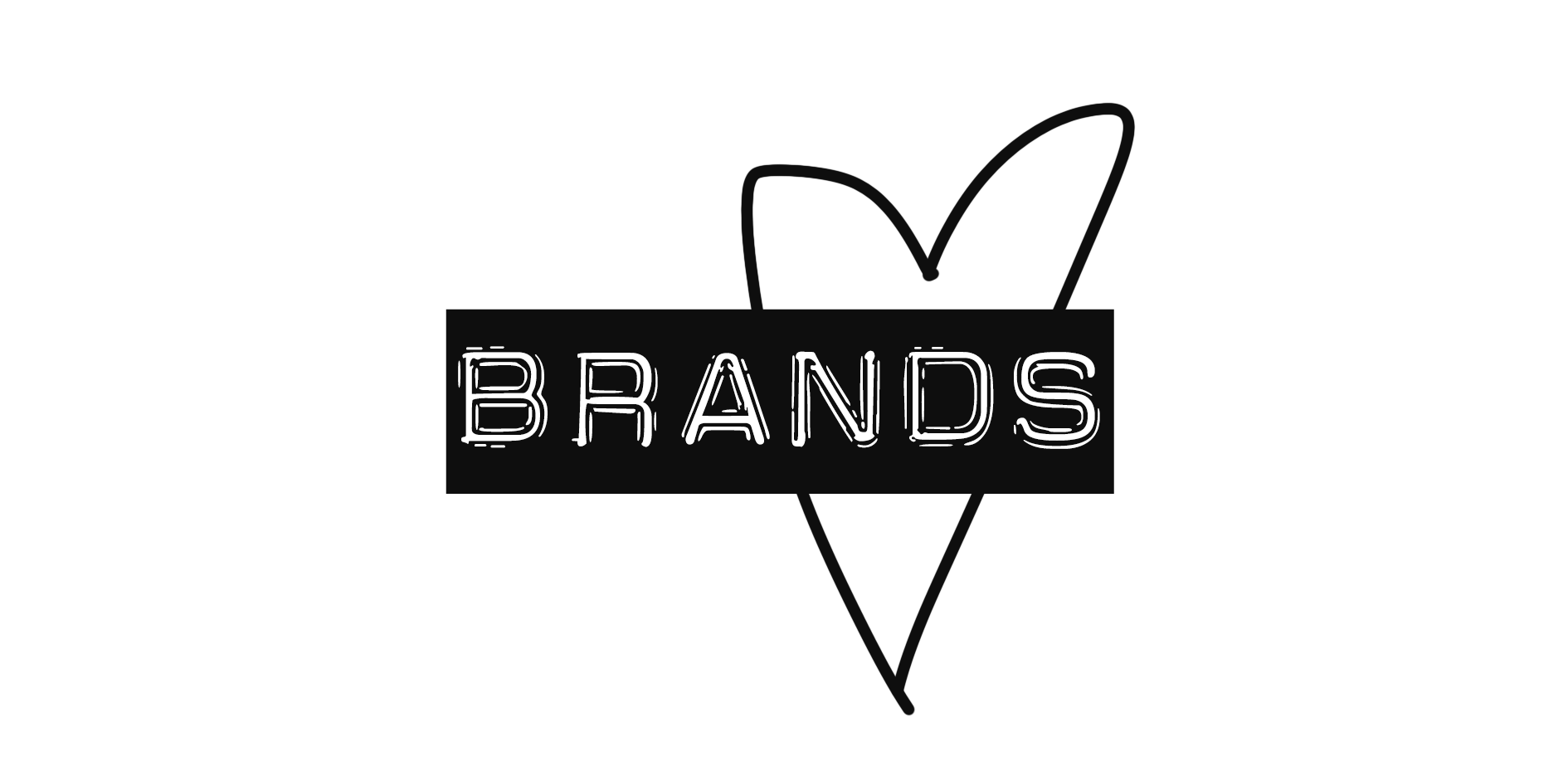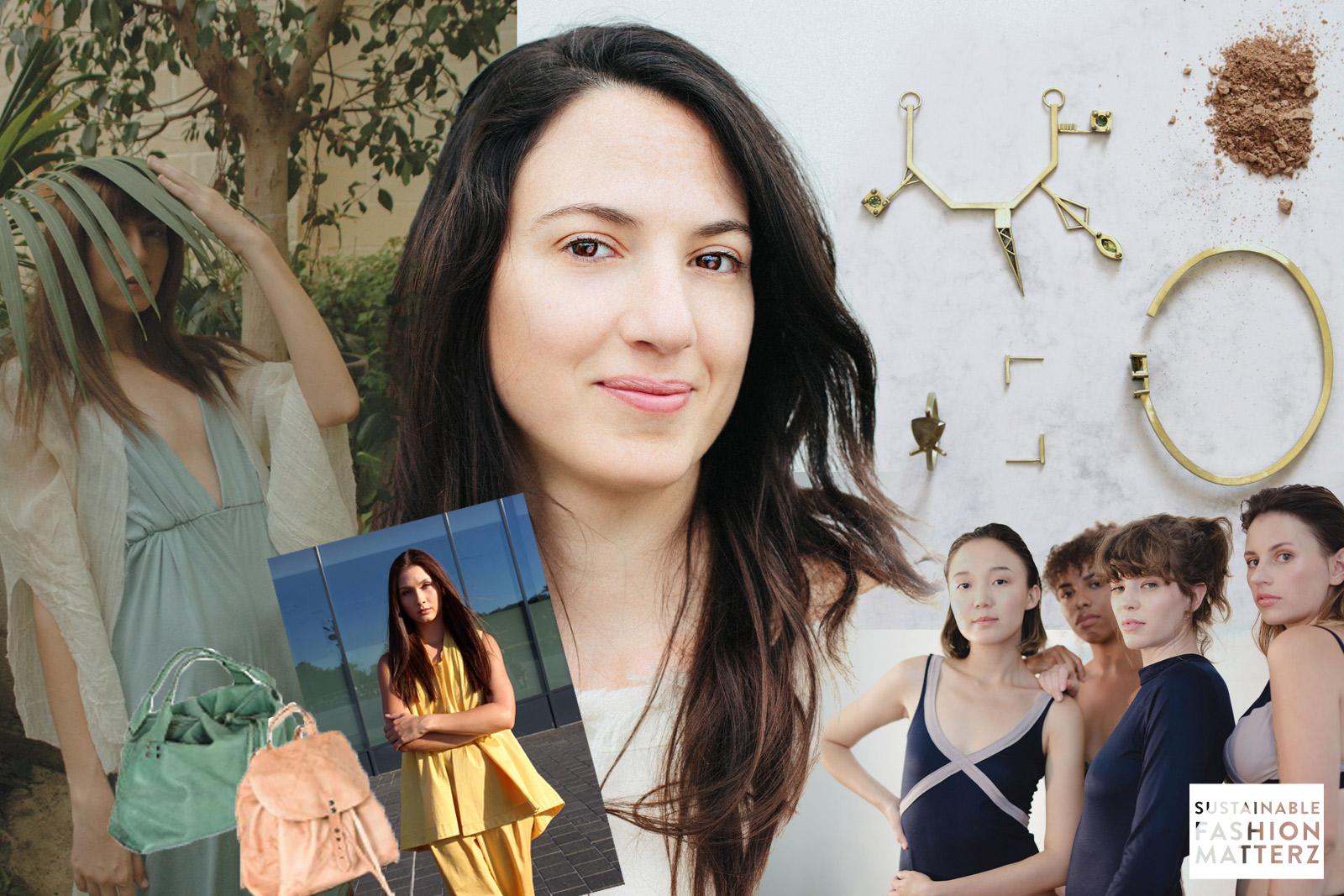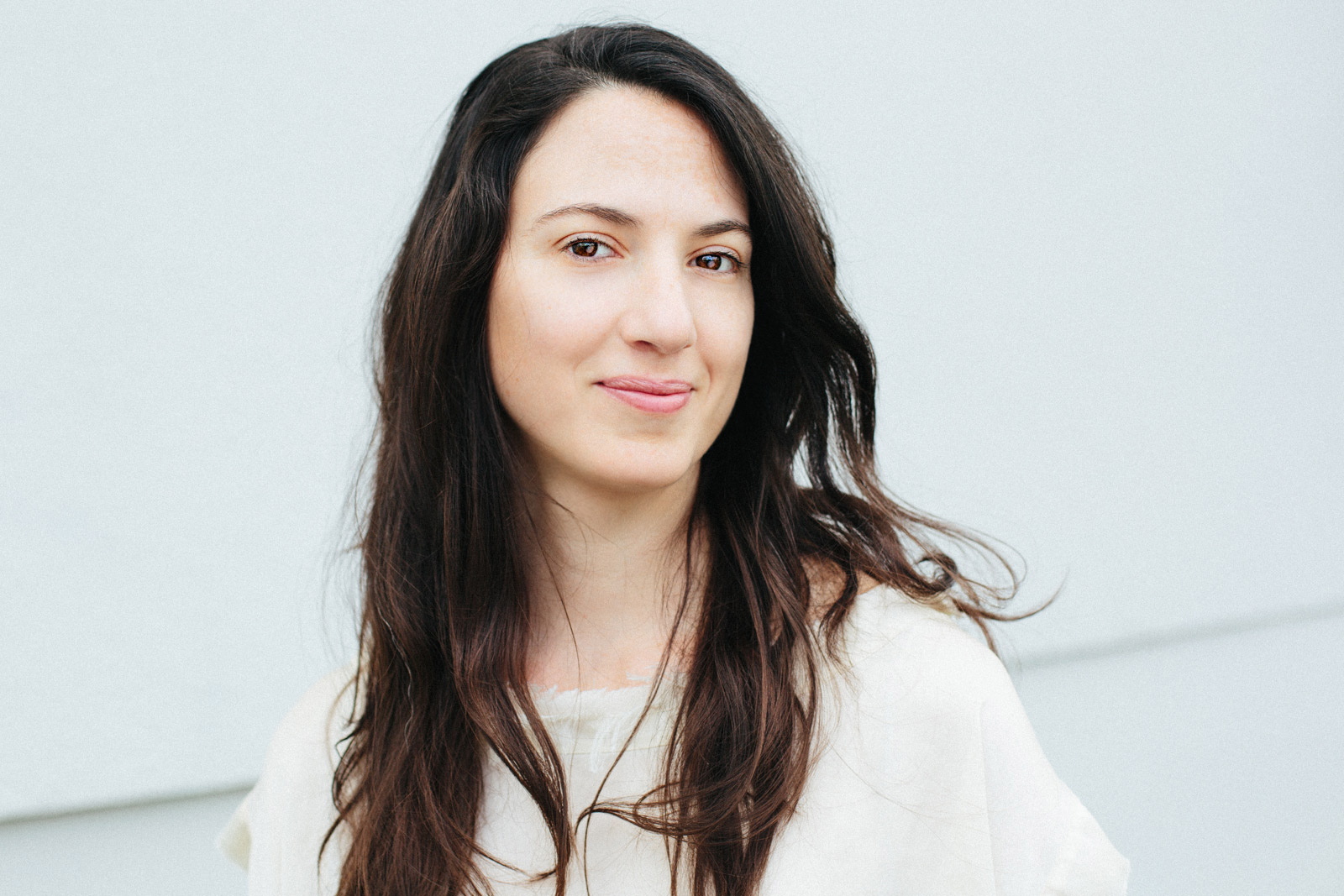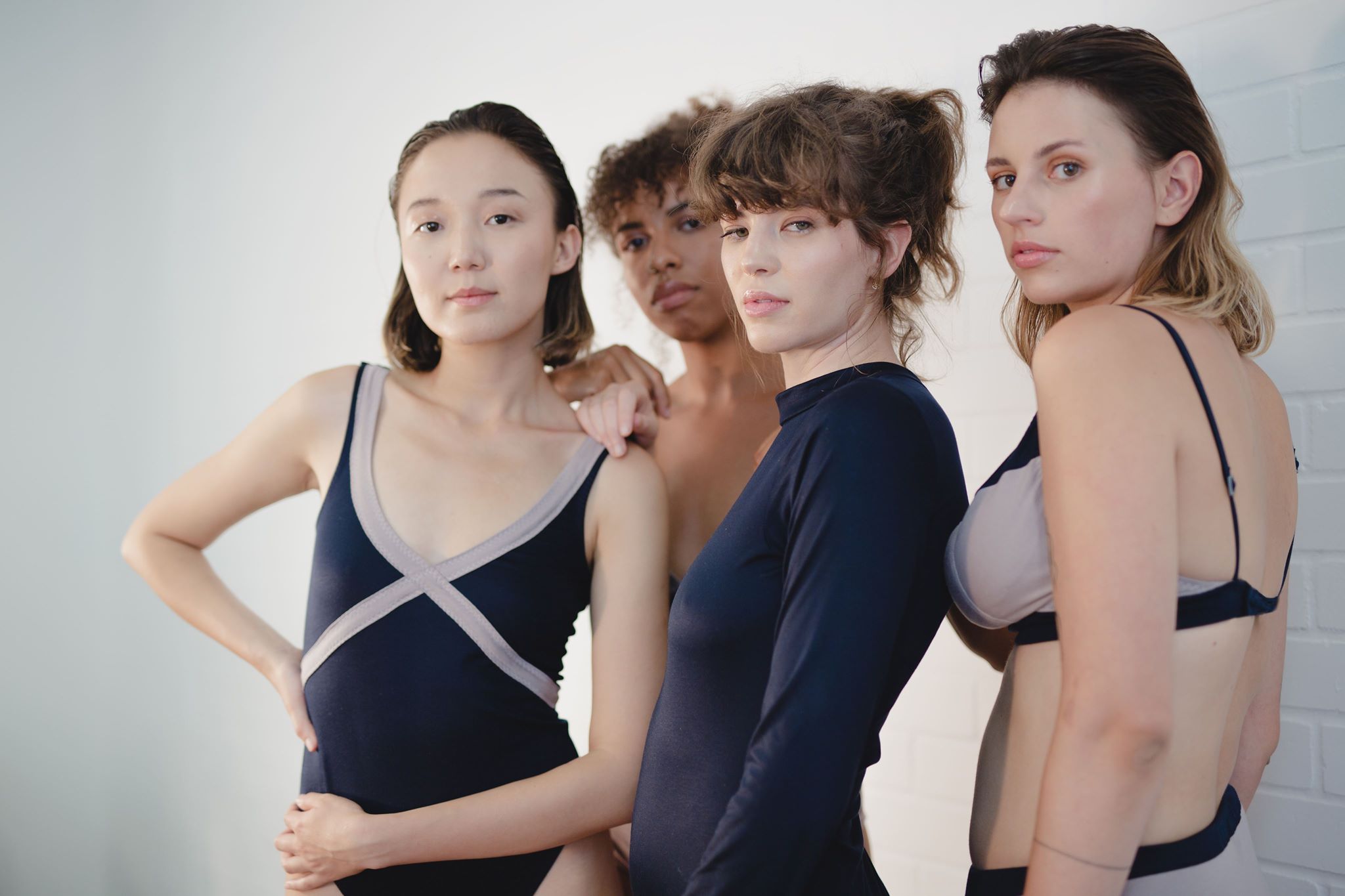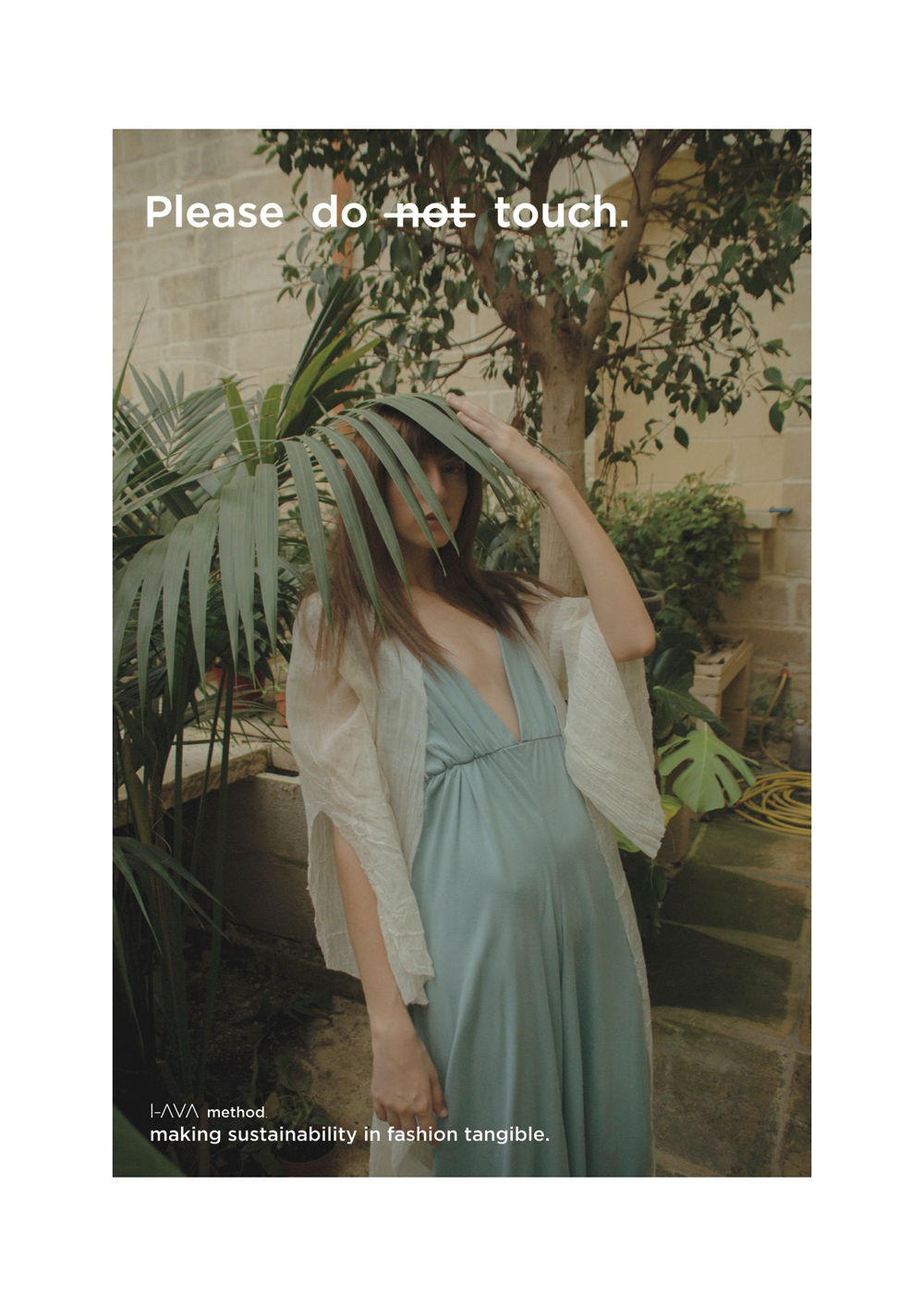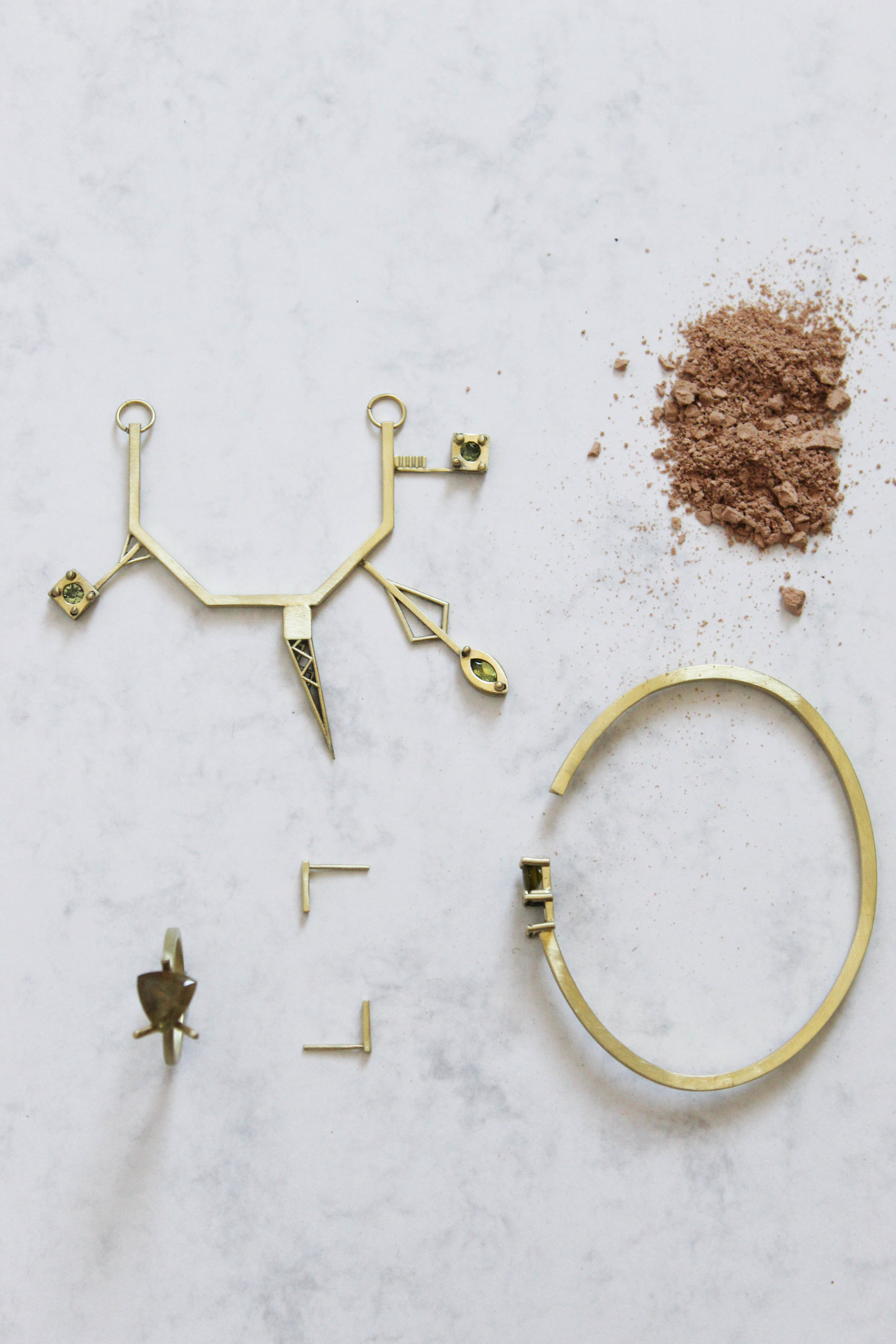By Danielle Keller Aviram
With toxic being the Oxford dictionary word of 2018, describing our communities and the environment worldwide, one can wonder how to approach sustainability within the context of fashion in our era.
My name is Danielle Keller Aviram, I am a sustainable jewelry and fashion researcher, consultant and designer. I graduated an M.A focusing on sustainability in fashion at AMD Berlin after doing my B.A in jewelry and accessories design in "Shenkar" Tel Aviv and having my own international fine jewelry brand operating for 5 years. At some point I started questioning as a designer every thing that I made and this led me to focus on sustainability on top of all the other skills I acquired during my professional path. For me sustainable fashion is thinking about garments as ongoing products with a continuous life span. In the reality that we are now facing I believe that we can't afford to create and wear products that would become waste at some point.
©️ Cherie Birkner
So what does it mean, sustainable fashion studies? During this Master course me and my fellow students from all around the world developed sustainable designs and some management strategies to be implemented in real life. We learned about the challenges and problems in our current way of living and the development of production that led us to the situation where we are flooded with waste everywhere on the planet. The course covers the topic of sustainability from a broad perspective including design and design strategies, production and business and marketing, believing that in order to reach a sustainable future we need to incorporate all of these fields together and each one of them needs to be changed and adapted somehow.
We explore sustainable design developments and trends, innovative materials, technologies of production and marketing tools and models, in order to change the current take-make-waste system we are now living with. Each one of us started developing our own sustainable perspective with topics that were more related to who we are in order to become a driving force for sustainable innovations!
I want to present to you 5 really diverse projects that represent the next generation of sustainable design.
URBAN POETRY INTIMATES by BODIL LOÏS
Focusing on biodegradability in the lingerie world, so the entire collection is biodegradable, including all trims that have been developed using 3D-printing technology. Bodil wanted to also celebrate body positivity and diversity in all its forms by offering wide range of sizes and designs to fit a bigger range of audience.
©️Frau Rabe Models: Altyn (@danslasteppe), Sarah (@twoxchromosomed), Lila(@overoceans) and Coco (@cocoelane)
DYELUXE by NIKOLETT MADAI
Model: Dominika Árki Makeup: Mónika Varga ©️Nikolett Madai
Another big issue these days is the enormous amounts of waste that is the outcome of almost every product we use daily. In her project Grave-to-Cradle Nikolett Madai tackles new ways to incorporate by-products of the food industry into circular garment strategies with a practicable model on realizing turmeric peel textile dyes extracted from local juice processing waste as a highlight.
I-AVA METHOD by TAMARA FENECH
When we start talking about sustainability these days we understand that there are many perspectives and options how to define sustainability and this is most of the time personal issue, so Tamara Fenech focused on creating the I-AVA method (immerse> assure> vocalize> achieve) specifically for small to medium sized enterprises, enabling for them to systematically create their own sustainable definition, and most importantly to implement it within their business through a wide range of different tools and applications, making it fun and engaging for all users. outcome of her project is based on her personal definition.
©️Mia Sarah, Model: Kylie Darmanin
BEQUEATHING EMOTIONS by LUNA MAZZOLINI
©️Debora Spanhol Ivankio
The discussion around leather is a complex one between sustainable designers, researchers and different professionals. Luna Mazzolini dealt with leather as a main material for her bags collection- Bequeathing Emotions.
Researching bequeathing practices and cherished possessions to develop new sustainable design concepts and strategies. Through the engagement of circular systems, technical durability, handcrafted techniques and timeless aesthetics that will naturally evolve and grow with the consumer, fully engaging with designing for inheritance.
SEE THROUGH METHODOLOGY by DANIELLE KELLER
©️Danielle Keller Aviram
Last but not least I would like to present my own final M.A project- See Through. I started researching the luxury jewelry industry and supply chain in terms of sustainability performances. After analyzing the 15 biggest jewelry brands around the world and interviewing more then 17 industry experts from around the world (and also experienced it myself with my own jewelry brand for few years), I understood that there is a need for a stronger support system, guidance and tools for designers and brands in the luxury sector to approach sustainability. Sustainability in general is a complex topic and especially in such a fragmented industry as the jewelry industry. This is probably a reflection to the relatively poor performances jewelry brands and houses have in this area. See Through is the answer to support brands and designers in achieving sustainable and traceable luxury jewelry. The need for See Through arose from all the industry research that was done prior to building and structuring this methodology. This methodology was developed providing users with guidance and tools that will easily allow them to analyze their supply chain and implement sustainable and traceable measures while reassuring working consciously and ethically. Ethics is the key of this methodology to offers a meaningful experience and good and honest story for consumers as an added value for the purchasing experience of a product or a service. The jewelry presented here are my final collection, they are designed to be disassembled for maximizing reusing and recycling. The gold in the collection is 100% recycled gold since mining raw gold is one of the most polluting processes in the jewelry supply chain and last, the stones are sourced from a company guaranteeing fair working conditions and can trace the stones back to the mine. With every piece of jewelry the consumer gets a small letter telling the story of creating this piece. The collection was designed, developed and created while using See Through methodology to achieve traceable, circular and sustainable jewelry while thinking about the next circle of life for these products and materials.



